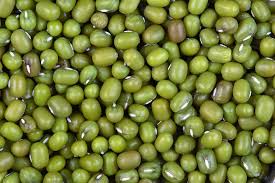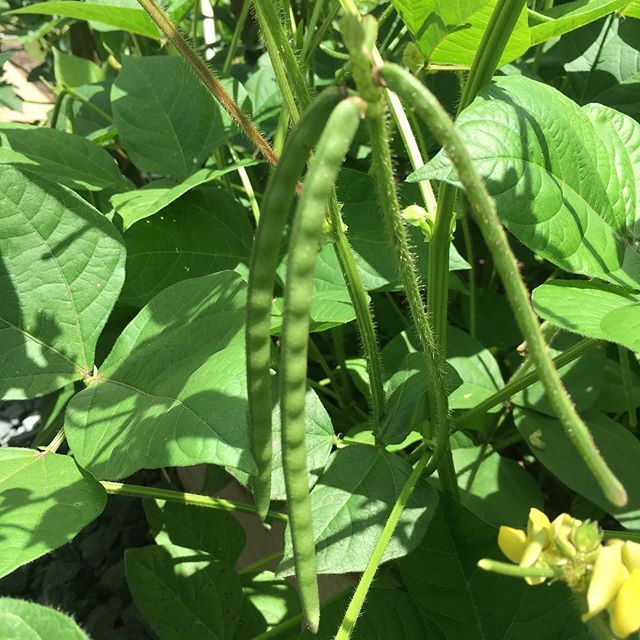Soil treatment:
- land treatment is very important before starting the agricultural process in summer moong. It helps in destroying harmful pests and fungi present in the soil.
- Mix 4 kg of composting bacteria and 1 kg of Trichoderma Viridi in 6-8 tons FYM and spread it over an acre field.
Seed treatment:
- seed treatment is also very important before starting the agricultural process in summer moong. It helps in destroying harmful fungi and sucking pests.
Mung seeds can be treated with either 2.5 grams of carboxin 37.5% + Thiram 37.5% DS per kg seed or
- They can also be treated using 5-10 grams Trichoderma viridi / Pseudomonas fluorescence and 5 ml imidacloprid 48 FS per kg seed.


